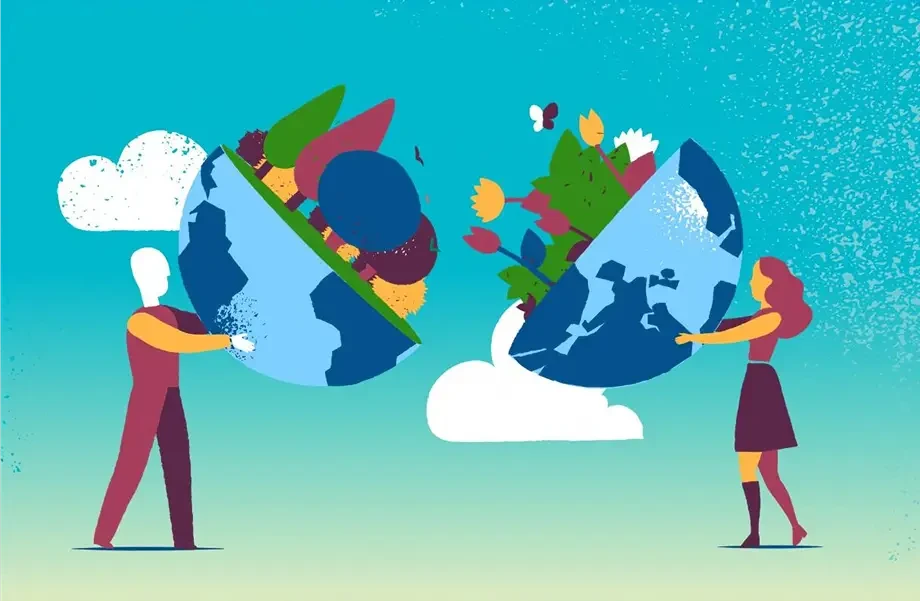This is an abstract from the 2024 IBO Report. Click here to download the full report
In today’s business landscape the demonstration of Environment, Social and Governance (ESG) credentials is multi-faceted, and has become increasingly pertinent to maintaining a mandate to operate in the eyes of investors, partners, customers and consumers. ESG comprises a nuanced arena of disparate subjects that are difficult to measure, and where relativism abounds. Therefore, there is no prescriptive action that a grower, marketer, retailer or supplier must undertake in order to best address this responsibility.
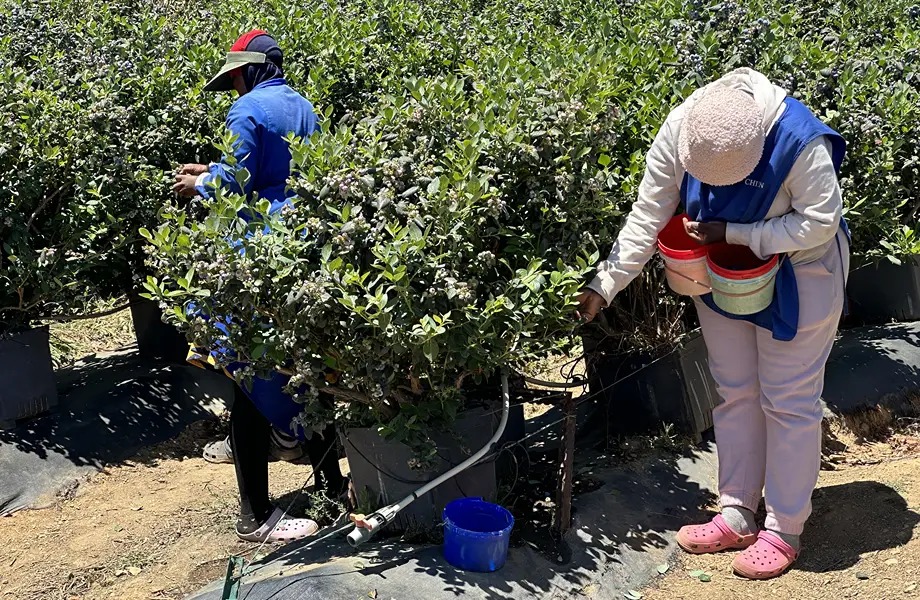
ESG a broad concept
ESG is not just another narrative tool for marketing purposes; it requires being ahead of the curve and being transparent about a company or industry’s efforts to make a positive difference, and its faults.
Different retailers will place different emphases on these different components of ESG, but it has become a standard practice that questions will be asked on these matters, whether it be through questionnaires or data collection applied company-wide or to the specific farm operations that are supplying the berries.
Packaging is a hot topic
The area that has arguably been the most active over the past 12 months is packaging as government-led change went into overdrive. In 2023 the whole world decided to create new packaging regulations all at once, and they’re all contradictory,
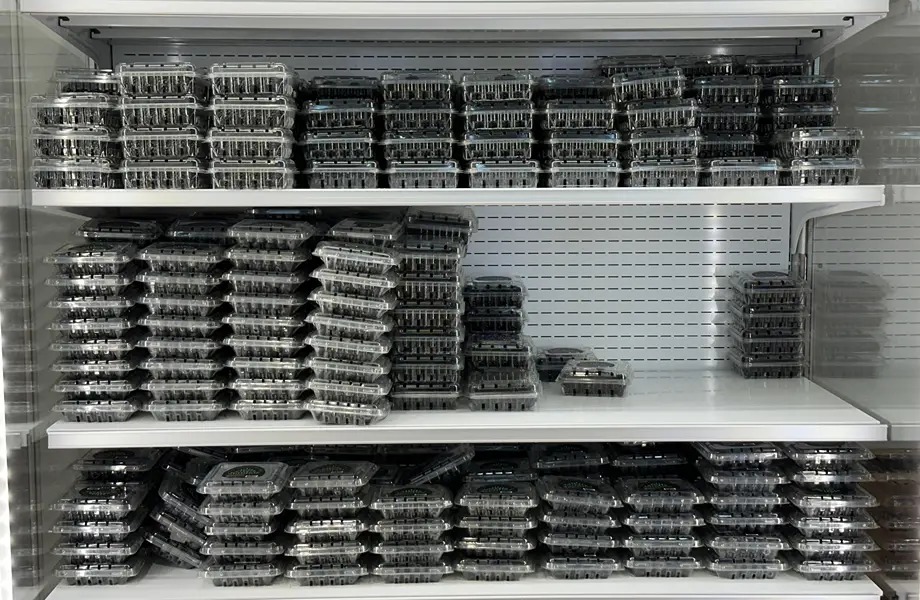
Whilst the European Union has often been the flag bearer of change with its Green Deal and a whole roster of waste and packaging regulations, last year Canada suddenly introduced the most stringent of all packaging regulations globally. The initial document in Canada indicated that by 2026, 75% of all produce in supermarkets would be voided of plastic, and that percentage would rise to 95% by 2028. In the absence of dramatic technological advancements in packaging materials and processes, numbers like this are nothing short of threatening to the survival of the blueberry industry which relies heavily on plastic clamshells or punnets.
What about plastic?
The resistance from industry to such plans is not one borne out of stubbornness or a desire to cut costs.
The blueberry industry, which itself has a very low environmental footprint relative to other foodstuffs, has endeavoured to lift its game on multiple environmental fronts including packaging, and slow progress is being made such as the increased use of sealable lids and also large packaging sizes; initiatives that ultimately reduce the amount of plastic used per kilogram or pound of blueberries sold.
Around 8% of berry packaging in the U.S. is from recycled plastic, and it is likely that percentages are similar in other developed world markets. Experimentation has also taken place with paper or cardboard packaging and this occupies a niche space of the market, but for the large-scale commerce of blueberries there is a consensus that this type of packaging would be unviable given pulp-based materials absorb moisture, and would thus have impacts on shelf life and food waste.
Relatively less extreme than a reduction in all plastic would be a ban on single-use plastics, although its effect would still be extreme on berries.
 The Livie blueberry dispenser
The Livie blueberry dispenser
In Europe, Canada and other markets there is an impetus from regulators to eliminate single-use plastic and sell more fresh produce in bulk, which is also very complicated for fruit and vegetable suppliers, particularly in the berry category.
Another alternative is compostable packaging with innovations being led greatly by packaging companies in the United States, although regulators in the world’s most green-forward market the European Union are reluctant to embrace this given adequate systems have not been set up for a composting economy like they have been for recycling.
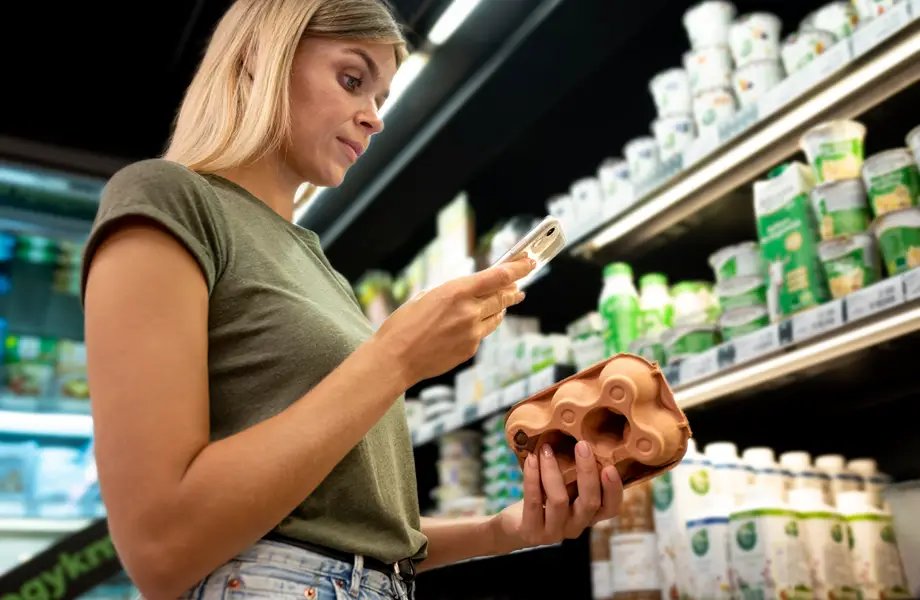 Image by freepik
Image by freepik
Plastic in the fields
One seldom discussed use of plastic in the industry is also field plastic. On the one hand plastic beds help prevent erosion on farms, aid with water management, and assist with managing weeds, thus implying fewer herbicides, but they do ultimately lead to plastic waste. Thankfully these are fairly long-life products, but when they do reach their end of life there is not much demand from recyclers as they are both dirty and difficult to recycle.
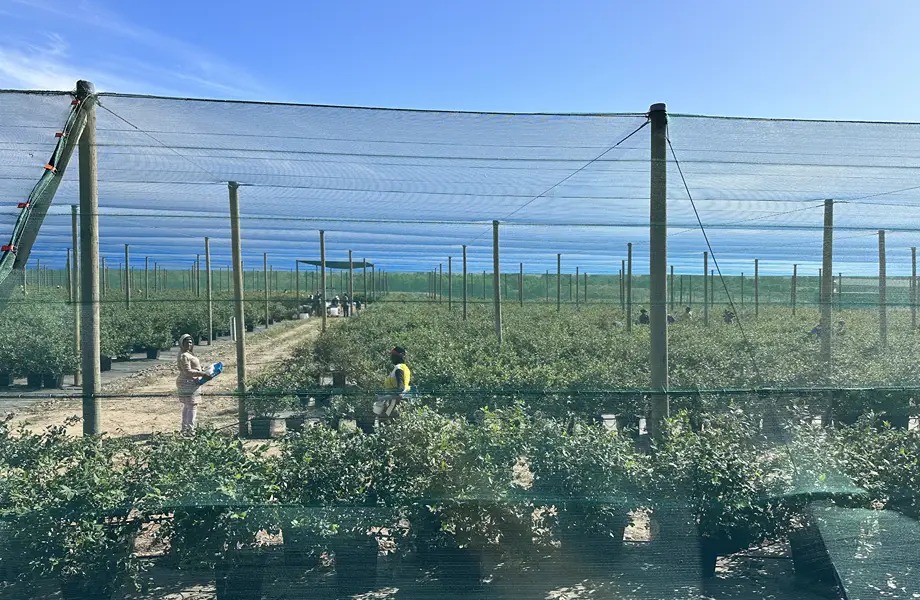
Certifications
Today’s consumer cares much more about the supply chain of what they eat, and the impact of their purchasing decisions on the world. This is why retailers – especially in Europe – are so demanding in terms of social certifications, and blueberry growers worldwide are meeting those stricter requirements. For last year’s report, one industry representative described the various certifications available as like “passports” to gain access to retail nowadays, noting the most relevant ones are those that require strict and independent auditing.
Carbon and blueberries
There are many ways in which blueberries stand to benefit from the impetus around ESG. Yes, there are challenges with the industry’s carbon footprint and the food miles associated with global shipping (hence the ongoing trend of preferences around proximity to market, whether that’s local or peri-local), and one Dutch retailer is even completely rejecting any fruit that is shipped by air. But blueberry bushes themselves have a role to play in carbon capture through the photosynthesis of the plants, and they are not as demanding of water as other crops.
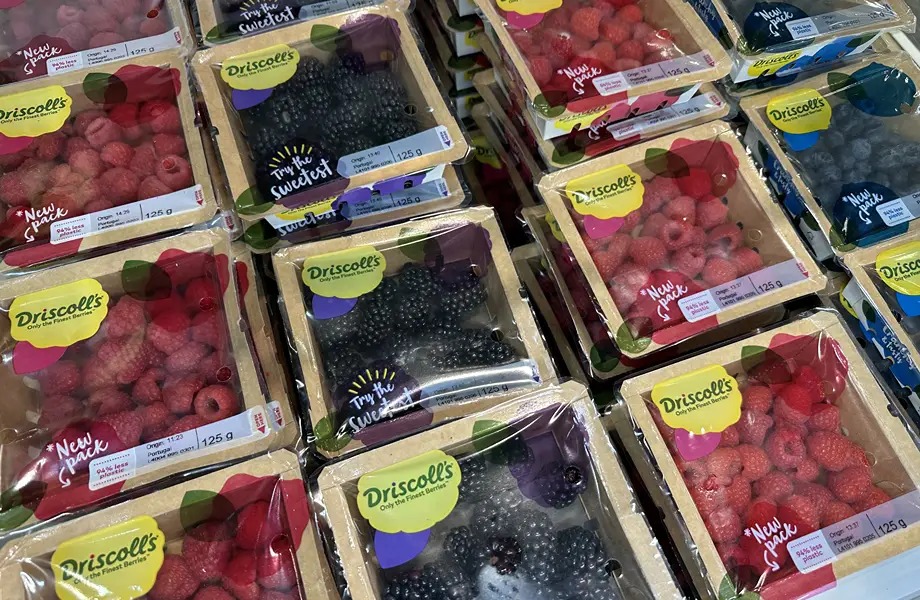
Carbon farming is another of the hot-button topics discussed in the industry at the moment, and this could present great opportunities to blueberry farmers wanting to lift their environmental credentials to build soil carbon and also prevent nitrous oxide emissions.
Climate change
Almost anywhere you go, something has changed in the weather conditions that affect blueberry production. Growers who planted particular varieties targeting certain production windows are finding their plans disrupted by variable weather conditions, which come in many forms. It could be warmer winter spells that induce bloom before a cold snap hits the plants, reducing fruit yields; more frequent rains during harvest that didn’t used to happen 10 years ago; increased pest pressures due to warmer temperatures or unseasonal rain; increasingly earlier harvests due to warmer weather; or drought which is a pressing concern in many regions throughout the world, leading to increased utilisation of desalination plants for dry, coastal farms.
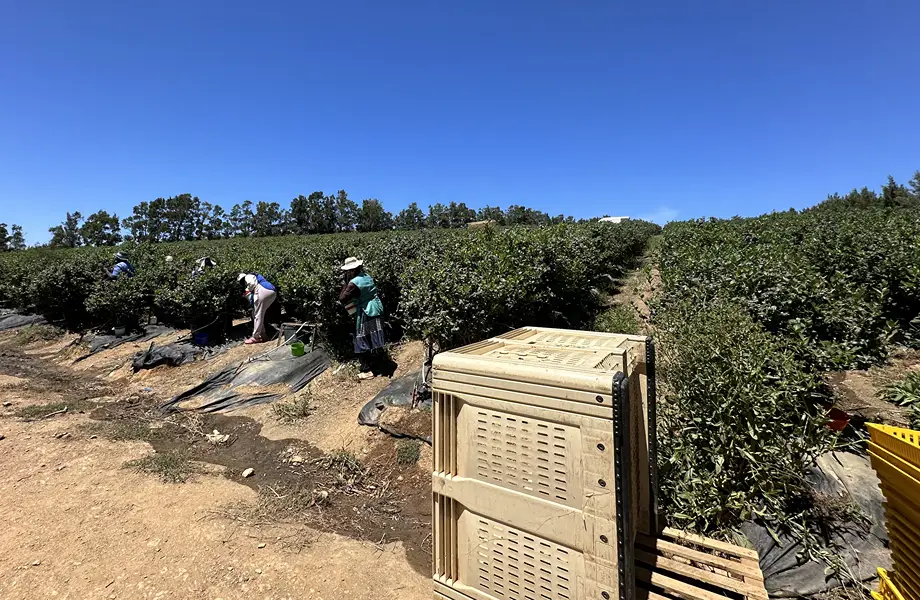
Climate change, climatic unpredictability, and the increased frequency of intense weather events that comes with it, will undoubtedly have an impact on the blueberry industry at a production level. This will shape the kind of approaches growers take when it comes to crop protection, growing structures to protect against the elements, and varietal selection. Given the high cost of desalination and the role southern highbush blueberries in warmer, drier environments have played in the industry’s recent growth, the search for drought-hardy blueberry varieties will also be a consideration in the future.
Read more
Continue reading more abstracts from the 2024 IBO Report or download the full report:
Cover photo credit: Vectorarte







